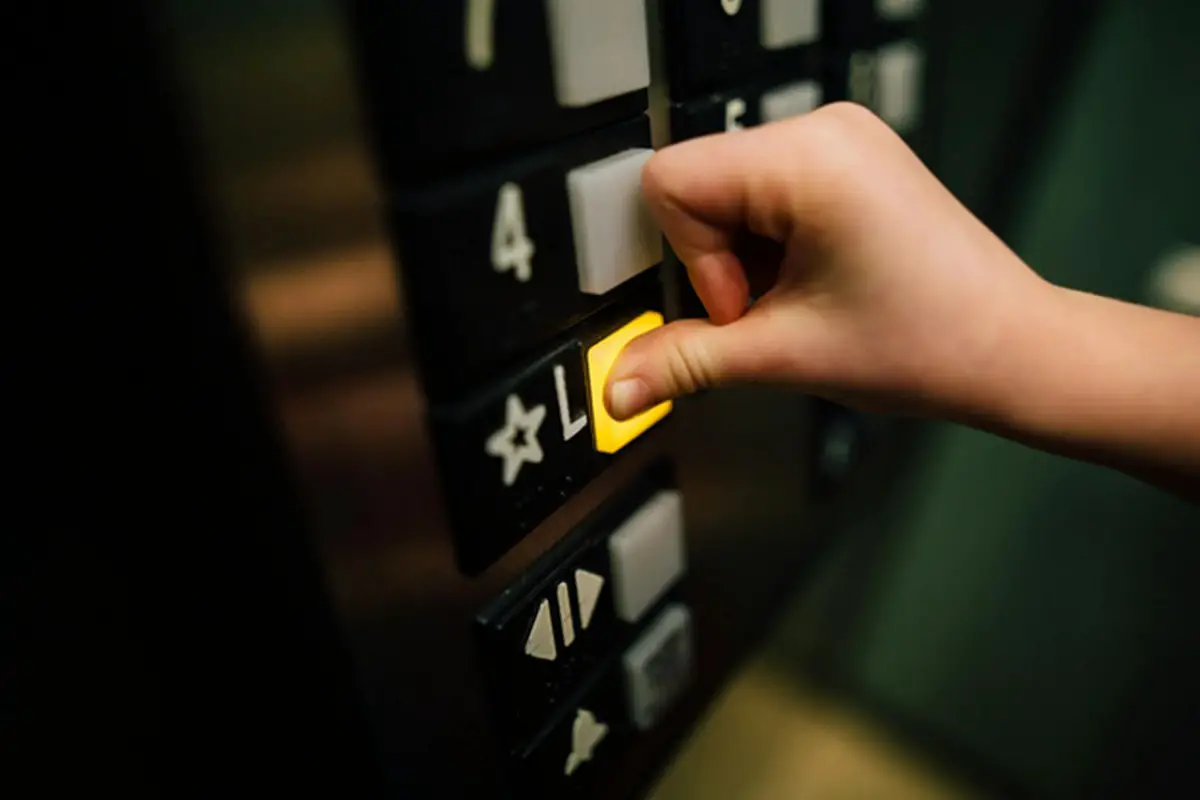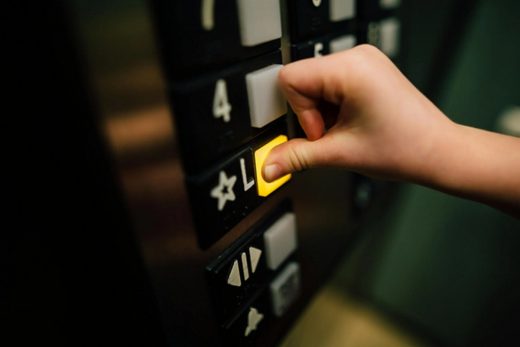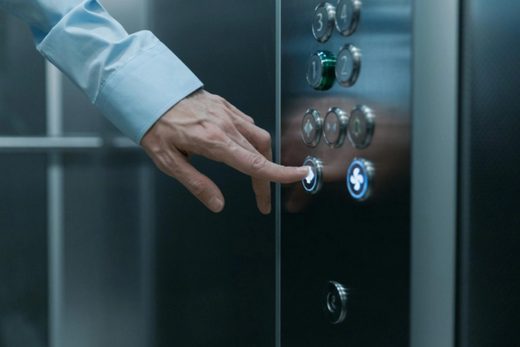Taking proper care of the elevator: a practical guide, House lift, Accessibility solutions guide, Property internal access hoist
Taking Proper Care of the Elevator: A Practical Guide
8 August 2024
Elevators are essential in many buildings, offering convenience and accessibility that enhances the daily lives of countless individuals. Proper maintenance of these vertical transport systems is crucial for ensuring safety, reliability, and longevity. Regular care helps prevent unexpected breakdowns and costly repairs, making it a key aspect of building management. In this guide, we will explore various practices and tips for maintaining your elevator in peak condition.
Routine Inspections and Maintenance
Regular inspections are foundational to elevator upkeep. These checks should be performed by qualified professionals who can assess various components, such as the cables, pulleys, and control systems. By conducting routine inspections, potential issues can be identified early, preventing more severe problems down the line. Maintenance tasks include lubricating moving parts, checking for wear and tear, and ensuring that safety mechanisms function correctly. This proactive approach minimizes the risk of malfunctions and extends the lifespan of the elevator. Additionally, ensuring that the elevator’s electrical systems are functioning correctly is vital. A well-maintained electrical system prevents unexpected failures and improves overall safety.
Importance of Professional Service
Engaging a professional elevator service is crucial for thorough maintenance and repair work. Experts in this field have the necessary skills and knowledge to handle complex issues that may arise. It’s important to choose a reputable service provider who adheres to industry standards and regulations. For instance, a locally owned operated elevator service can offer personalized care and a deep understanding of local building codes and requirements. Their expertise ensures that every component of the elevator is inspected and maintained according to best practices. Regular service from professionals helps prevent accidents and ensures that the elevator operates smoothly, providing peace of mind to building occupants.
Compliance with Safety Standards
Adhering to safety standards is a legal and ethical obligation for elevator maintenance. These standards, set by regulatory bodies, include guidelines for installation, operation, and maintenance. Compliance ensures that the elevator meets safety requirements, protecting users from potential hazards. Regular inspections and updates are necessary to maintain compliance with these standards. Elevators should be equipped with emergency communication systems and undergo frequent safety tests to verify their reliability. Following these regulations not only ensures user safety but also helps avoid legal liabilities and potential fines.
Addressing Common Issues
Elevators, like any other machinery, can experience common issues such as unusual noises, erratic movements, or frequent breakdowns. Addressing these problems promptly is essential to prevent further damage and ensure user safety. For example, if an elevator starts making grinding noises, it could indicate a problem with the bearings or the drive system. Identifying and fixing such issues early can prevent more significant failures and costly repairs. Building managers should be vigilant about these signs and seek professional help to address them effectively.
Enhancing Elevator Performance
Improving elevator performance involves several strategies, including upgrading components and optimizing settings. Modern elevators come with advanced technology that can enhance efficiency and user experience. Upgrades may include installing energy-efficient motors, better control systems, or advanced safety features. Regularly updating the elevator’s software can also improve performance and functionality. By investing in performance enhancements, building managers can provide a smoother and more reliable experience for users, reducing downtime and improving overall satisfaction.
Cleaning and Aesthetic Maintenance
Keeping the elevator clean and visually appealing is not just about aesthetics; it also contributes to the overall functionality. Regular cleaning helps prevent the accumulation of dirt and debris, which can affect the elevator’s performance and safety. It is important to clean both the interior and exterior of the elevator, including the floors, walls, and buttons. A well-maintained and clean elevator enhances the user experience and contributes to a positive impression of the building. Additionally, periodic aesthetic updates, such as repainting or replacing worn materials, can keep the elevator looking new and modern.
Record-Keeping and Documentation
Maintaining detailed records of elevator maintenance and repairs is crucial for tracking the elevator’s history and ensuring that all necessary work is completed. Documentation should include inspection dates, service details, repairs performed, and any issues encountered. Keeping accurate records helps identify patterns or recurring problems, allowing for more effective troubleshooting and planning. It also provides a valuable reference for future maintenance and can be important for compliance with safety regulations. Comprehensive documentation ensures that all maintenance tasks are carried out as required and helps in managing the elevator’s overall condition effectively.
Proper care of elevators is essential for ensuring their safety, reliability, and performance. By following regular inspection routines, engaging professional services, complying with safety standards, addressing common issues promptly, enhancing performance, maintaining cleanliness, and keeping detailed records, building managers can effectively manage their elevator systems. Implementing these practices not only extends the lifespan of the elevator but also provides a safer and more enjoyable experience for users. Prioritizing elevator maintenance is a key component of successful building management, contributing to the overall efficiency and safety of the property.
Comments on this guide to Taking Proper Care of the Elevator: A Practical Guide article are welcome.
Accessible Home Design
Accessible Architecture
How to design an ADA-compliant building

image source : seventyfour Via Freepik
Important role of architects for disabled people
Advantages of an electric wheelchair
What’s the Best Electric Wheelchair?
Home Lifts
House Lifts and Elevator Designs
Pros and cons of installing a home lift
Stairlifts and Through Floor Lifts Guide
The rise of TV Lifts in modern interiors
House lifting can transform your property
Building
Residential Architecture Articles
Comments / photos for the Taking Proper Care of the Elevator: A Practical Guide page welcome.







